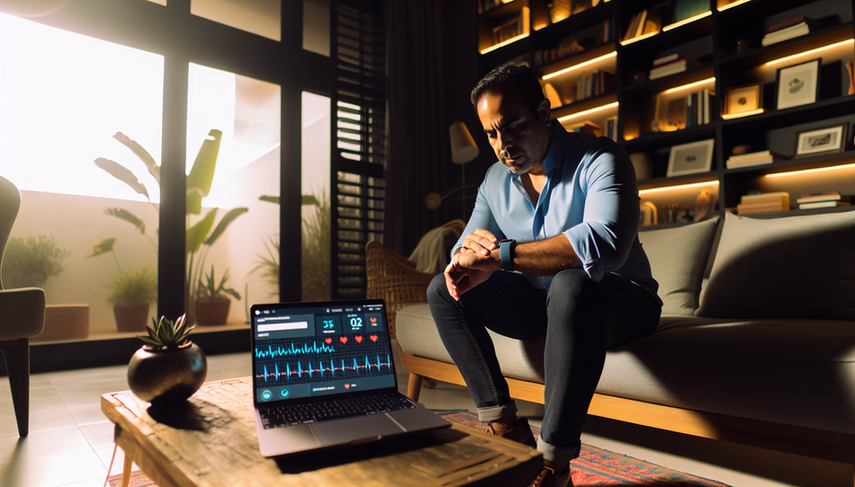Smartwatches with Integrated ECG: Continuous Monitoring of Vital Signs for Enhanced Diagnosis

The integration of **wearable technology** in the healthcare sector has revolutionized how we monitor and diagnose medical conditions. **Smartwatches** equipped with **ECG** (electrocardiogram) capabilities have emerged as powerful tools for the **continuous monitoring** of **vital signs**, enabling constant and non-invasive surveillance of cardiac health. This advancement not only enhances the early detection of arrhythmias such as atrial fibrillation but also promotes greater patient engagement in their own care.
Diving Deeper into Smartwatch Technology
**Smartwatches** have proven effective in detecting **atrial fibrillation** (AF), a common arrhythmia that can lead to severe complications such as stroke. Recent studies have evaluated the efficacy of these devices compared to traditional methods like Holter monitoring. For instance, a study on the detection of atrial fibrillation using smartwatches highlights their ability to improve sensitivity and specificity in identifying asymptomatic and paroxysmal AF episodes.
Moreover, the integration of advanced sensors allows for continuous monitoring, which is crucial for detecting intermittent arrhythmias. A study on a personal IoT sensor for AF detection emphasizes the capability of these devices to transmit real-time data to cloud platforms, thereby enhancing diagnostic accuracy.
The validity of smartwatches in clinical settings has also been assessed. A study investigating the validity of the Apple Watch for detecting AF in post-valvular surgery patients showed high sensitivity and specificity, suggesting its utility as a postoperative monitoring tool.
Conclusions
The incorporation of **smartwatches** with **integrated ECG** into clinical practice offers significant potential for improving **continuous monitoring** and management of cardiac health. These devices not only facilitate the early detection of arrhythmias but also enable a more proactive approach to patient care. As technology advances, it is crucial for healthcare professionals to stay informed about these tools to optimize their use in daily clinical practice.
In conclusion, smartwatches represent an evolution in the monitoring of **vital signs**, providing an accessible and effective solution for tracking cardiac health. Evidence suggests that their use can improve patient outcomes and reduce long-term healthcare costs.
Referencias
- [1] Smart watch applications in atrial fibrillation detection: Current state and future directions
- [2] A Narrowband IoT Personal Sensor for Long-Term Heart Rate Monitoring and Atrial Fibrillation Detection
- [3] Validity of a smartwatch for detecting atrial fibrillation in patients after heart valve surgery: a prospective observational study
Created 24/1/2025
